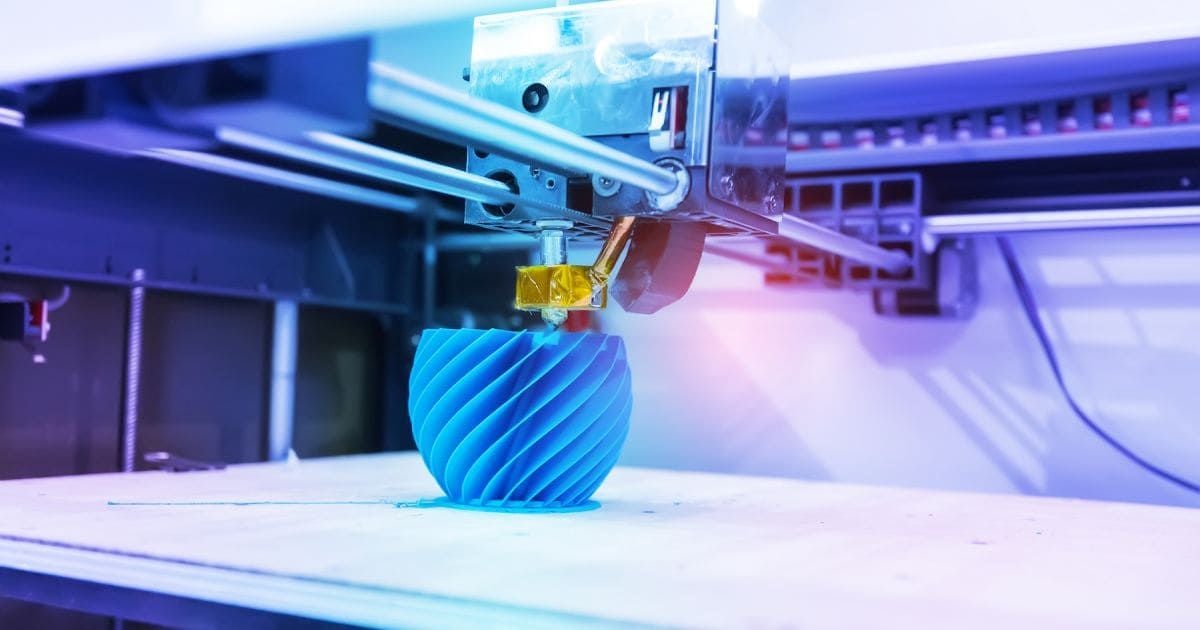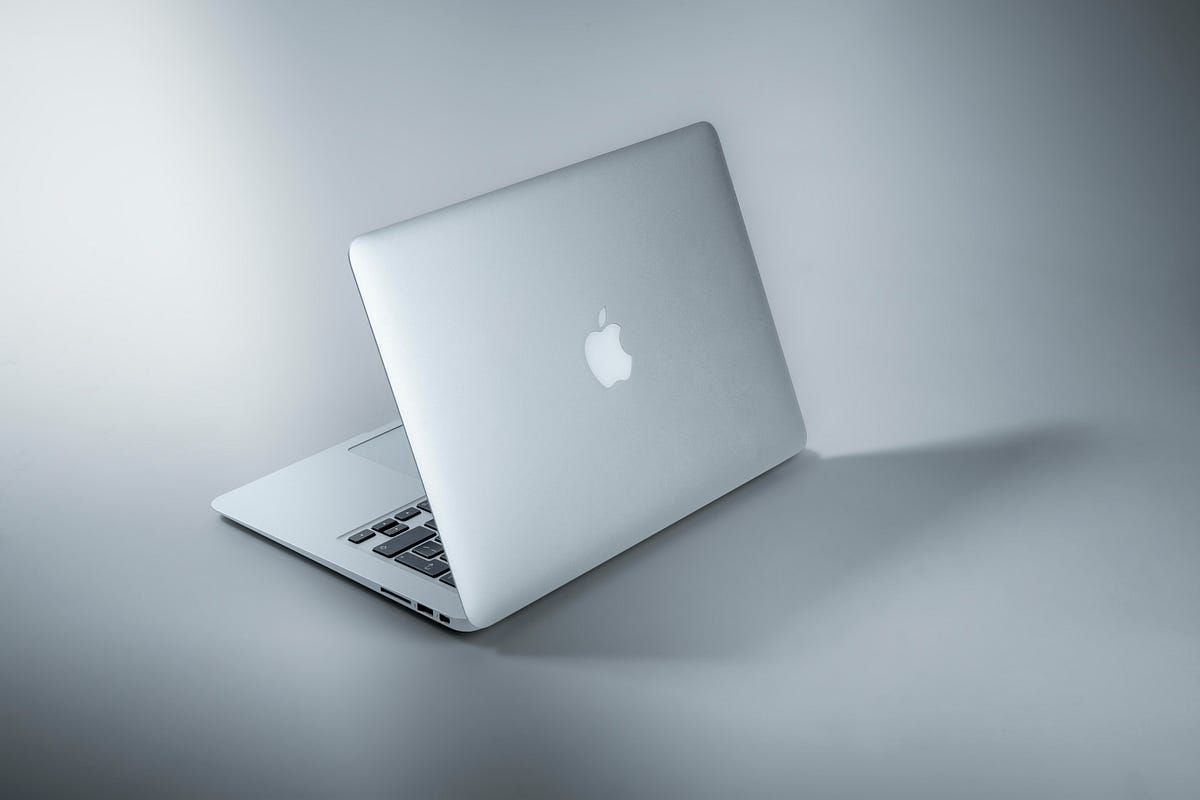Shaping Tomorrow: The Transformative Impact of 3D Printing Technology on Human Life

Revolutionizing Medicine
In the medical field, 3D printing has become a beacon of hope and progress. The technology’s ability to produce patient-specific anatomical models has transformed pre-surgical planning, allowing for more precise and safer interventions. Surgeons can now rehearse complex procedures, reducing operating times and improving patient outcomes. The customization of implants and prosthetics has also seen significant advancements, with the FDA approving 3D-printed devices for clinical use. This personalization is particularly beneficial for treating severe musculoskeletal injuries, where tailored solutions can lead to better recovery and functionality.
Moreover, the potential for bioprinting organs offers a future where organ shortages could be alleviated, saving countless lives. The ability to print tissues and organs tailored to the patient’s own cells could reduce rejection rates and eliminate the need for lifelong immunosuppression. While still in its infancy, the promise of bioprinting represents a monumental leap forward in transplant medicine.
Constructing the Future
In construction, 3D printing is poised to redefine the industry’s landscape. The technology enables the creation of structures with complex geometries that were previously difficult or impossible to build. It promises increased efficiency, reduced waste, and the potential for using recycled materials, aligning construction practices with sustainable development goals. The use of robotic arms to extrude concrete or other materials layer by layer allows for rapid prototyping and construction, potentially reducing the time and cost associated with traditional building methods.
Artistic Expression Reimagined
The art world has embraced 3D printing as a tool for creative expression and innovation. Artists now have the ability to produce intricate designs and complex forms that challenge traditional artistic techniques. This technology has democratized art creation, enabling artists to experiment with forms and materials without the prohibitive costs of traditional manufacturing. Furthermore, 3D printing allows for the reproduction of artworks with unprecedented fidelity, offering new perspectives on historical pieces and facilitating art education.
Culinary Creativity
Although not as widely discussed, the impact of 3D printing on the food industry is emerging. 3D food printers can create intricate designs and textures, allowing chefs to push the boundaries of culinary presentation. This technology also holds the potential for personalized nutrition, where food can be printed with specific dietary requirements in mind, catering to individual health needs.
Technological Synergy
The synergy between 3D printing and technology as a whole is perhaps the most profound. As a tool for rapid prototyping, 3D printing accelerates the development of new technologies by allowing for quick iteration and testing of design concepts. It also plays a crucial role in education, where 3D-printed models can enhance the learning experience for students in various fields, from engineering to healthcare.
Challenges and Future Prospects
Despite its many benefits, 3D printing also presents challenges. The initial investment in 3D printing equipment can be substantial, and there is a learning curve associated with mastering the technology. Intellectual property concerns and regulatory issues, particularly in the medical field, need to be addressed as the technology becomes more prevalent.
Looking ahead, the integration of 3D printing into everyday life is likely to continue at an accelerated pace. As the technology matures, we can expect to see more sophisticated applications, from the construction of entire neighborhoods to the routine use of bioprinted organs in medicine. The potential for 3D printing to contribute to sustainable practices and reduce the environmental impact of manufacturing is particularly promising.
Conclusion
3D printing technology stands as a testament to human ingenuity, offering transformative possibilities across diverse aspects of life. Its impact on medicine, construction, art, and technology demonstrates a shift towards more personalized, efficient, and creative solutions to the challenges we face. As we continue to explore the capabilities of 3D printing, it is clear that this technology will play a pivotal role in shaping the future of human society.









